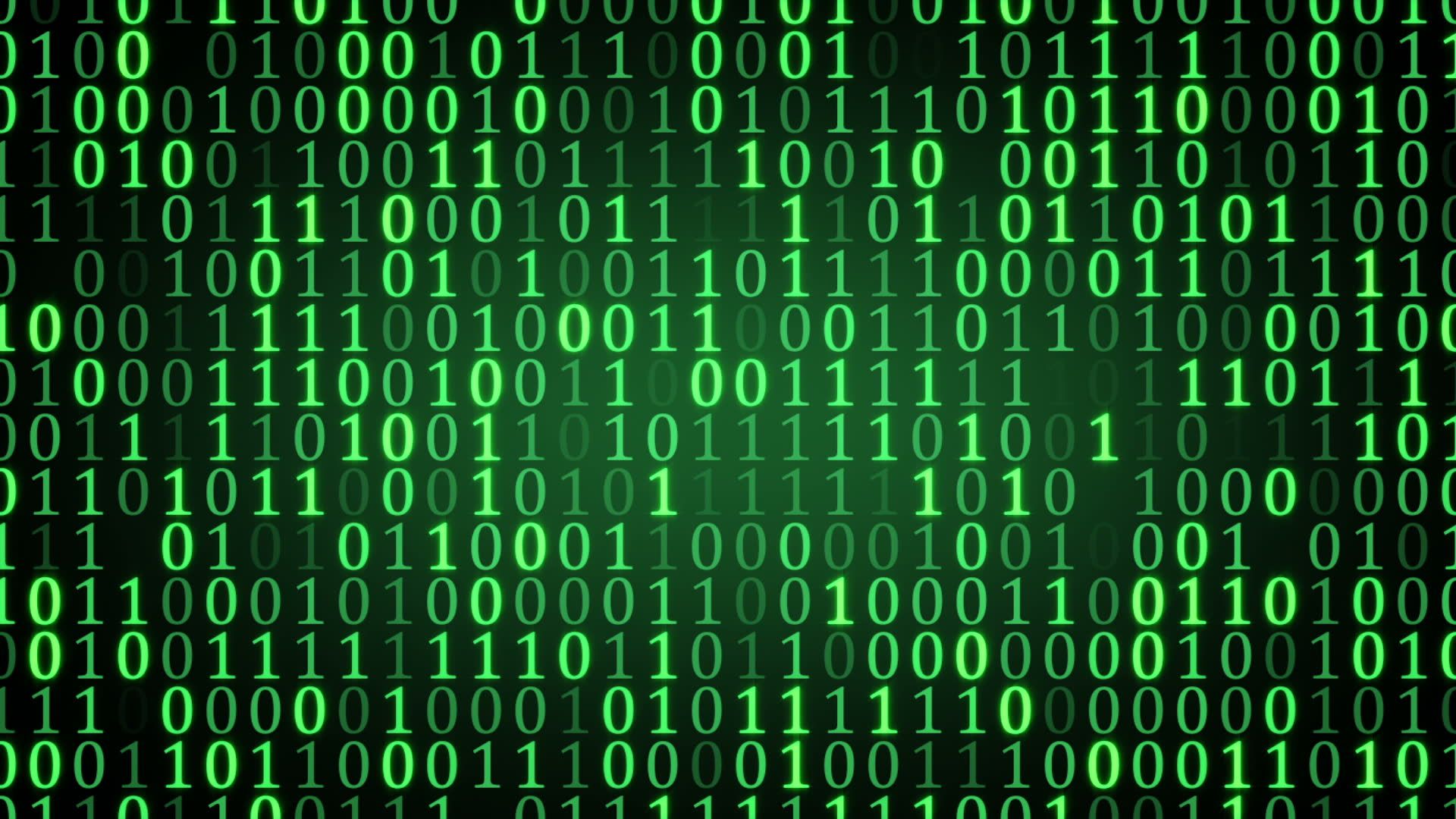
1. Introduction
Binary numbers form the foundation of all modern computing systems. Unlike the decimal system, which uses ten digits (0-9), the binary system uses only two digits: 0 and 1. This simplicity makes binary the perfect language for computers, which operate using switches that can be either on or off.
The importance of binary numbers cannot be overstated, as they are integral to various aspects of technology, from basic computing to complex data processing. In this blog, we'll explore what binary numbers are, why they are crucial, and how they work.
2. What Are Binary Numbers?
Binary numbers are a way of representing numbers using only two digits: 0 and 1. This system is also known as base-2, in contrast to the decimal system (base-10) that we use in everyday life. In binary, each digit is referred to as a bit, which is short for binary digit.
Comparison with Decimal System: In the decimal system, each digit's place value is a power of 10. For example, the number 345 in decimal is calculated as:
In the binary system, each digit's place value is a power of 2. For example, the binary number 1011 is calculated as:
3. Why Binary Numbers?
Historical Context and Significance: The binary system has been around for centuries, but its application in computing became significant with the development of electronic computers. Early computing pioneers like George Boole and Claude Shannon recognized that binary could simplify the design and functioning of electronic circuits.
Advantages in Computing:
- Simplicity: Binary is simple and aligns perfectly with the digital nature of electronic devices.
- Reliability: Binary reduces the risk of error in signal processing, as there are only two possible states.
- Efficiency: Operations in binary can be performed quickly and with less energy consumption.
4. How Binary Numbers Work
Binary Digits (Bits) and Their Values: Each binary digit, or bit, can be either a 0 or a 1. The value of a binary number is determined by the sum of the products of each bit and its corresponding power of 2.
Converting Binary to Decimal: To convert a binary number to decimal, follow these steps:
- Write down the binary number.
- Assign powers of 2 to each bit, starting from 0 on the right.
- Multiply each bit by its corresponding power of 2.
- Sum all the products to get the decimal value.
Example: Binary: 1101 Calculation:
Converting Decimal to Binary: To convert a decimal number to binary, follow these steps:
- Divide the decimal number by 2.
- Record the remainder (0 or 1).
- Divide the quotient by 2 and record the remainder.
- Repeat the process until the quotient is 0.
- The binary number is the sequence of remainders read from bottom to top.
Example: Decimal: 13 Calculation: Binary: 1101
5. Binary Arithmetic
Basic Binary Addition: Binary addition follows the same principles as decimal addition but is simpler due to the limited number of digits.
Example:
- Add the rightmost bits: (write 0, carry 1)
- Add next bits and carry: (write 0, carry 1)
- Continue this process for all bits.
Result:
Basic Binary Subtraction: Binary subtraction uses borrowing, similar to decimal subtraction.
Example:
- Subtract the rightmost bits:
- Subtract next bits, borrowing if needed.
Result:
6. Practical Applications of Binary Numbers
Binary in Computer Memory and Processing:
- Computers use binary to store data and perform calculations.
- Memory addresses are binary numbers.
Binary in Data Transmission and Networking:
- Binary is used in communication protocols.
- Data packets are often transmitted in binary format.
Examples of Binary in Everyday Technology:
- QR codes and barcodes use binary.
- Digital clocks and calculators operate on binary principles.
7. Exploring Further
Binary in Programming Languages:
- Many programming languages use binary for low-level operations.
- Bitwise operators manipulate binary data.
Resources for Learning More:
- Online tutorials and courses on binary numbers.
- Books on digital logic and computer architecture.
8. Conclusion
Binary numbers are the backbone of modern computing. We've explored what binary numbers are, how they work, and their significance in technology. Understanding binary is crucial for anyone interested in computing and electronics. Now that you have the basics, you can delve deeper into more complex applications and concepts involving binary numbers.
